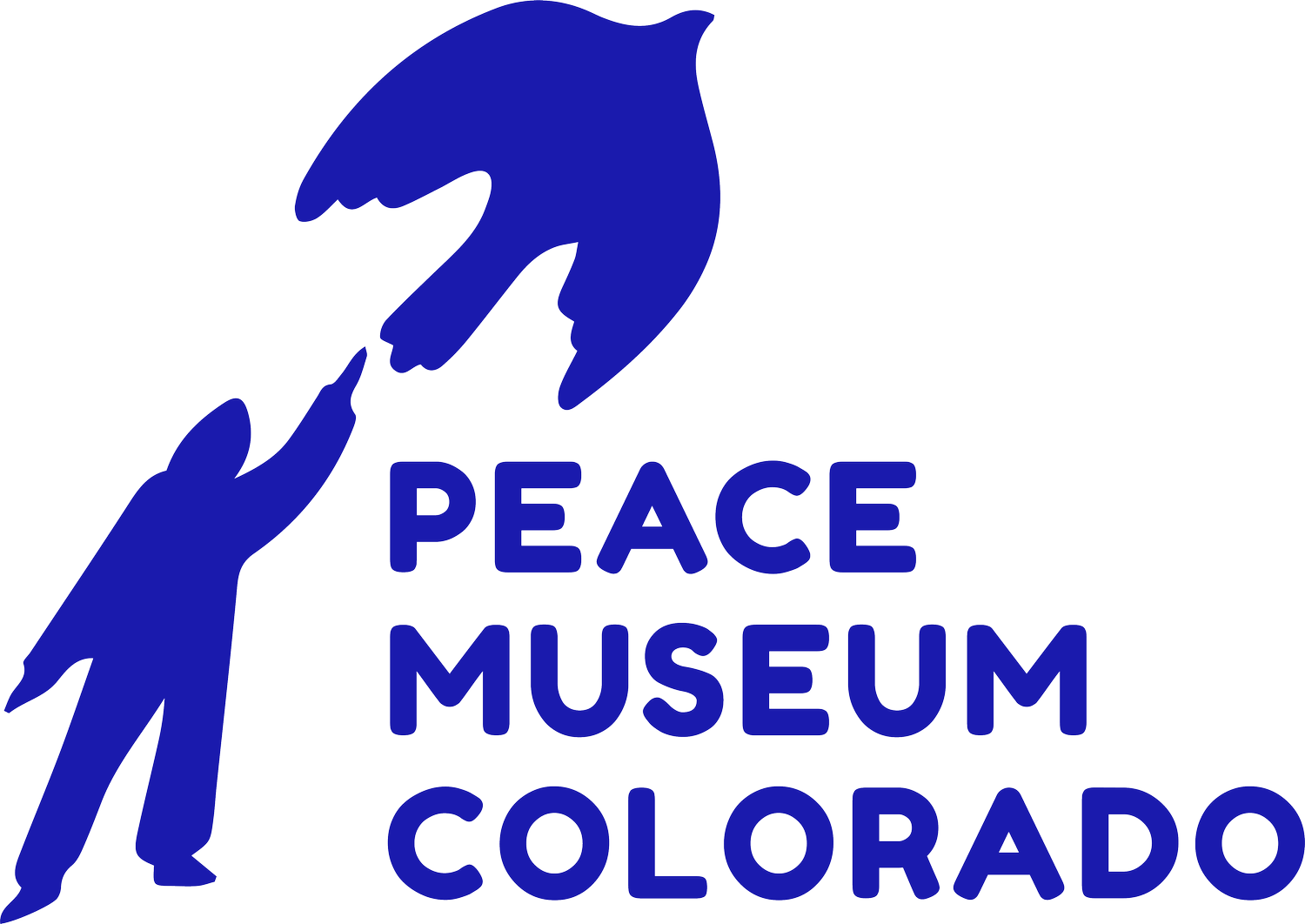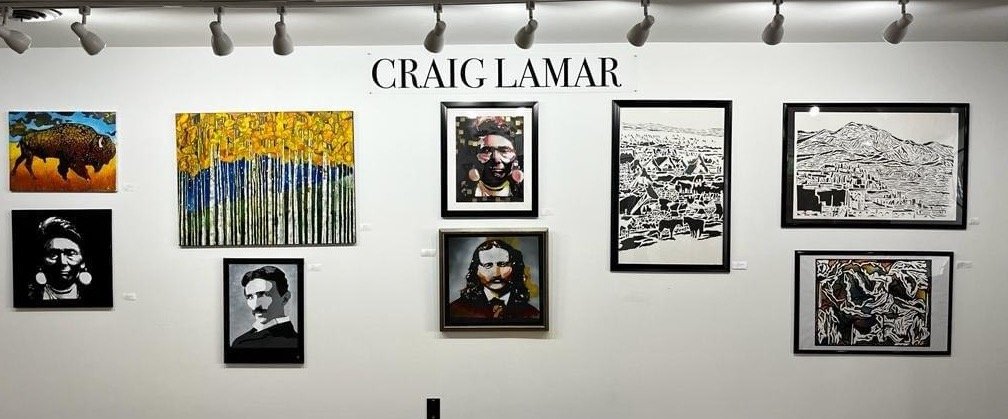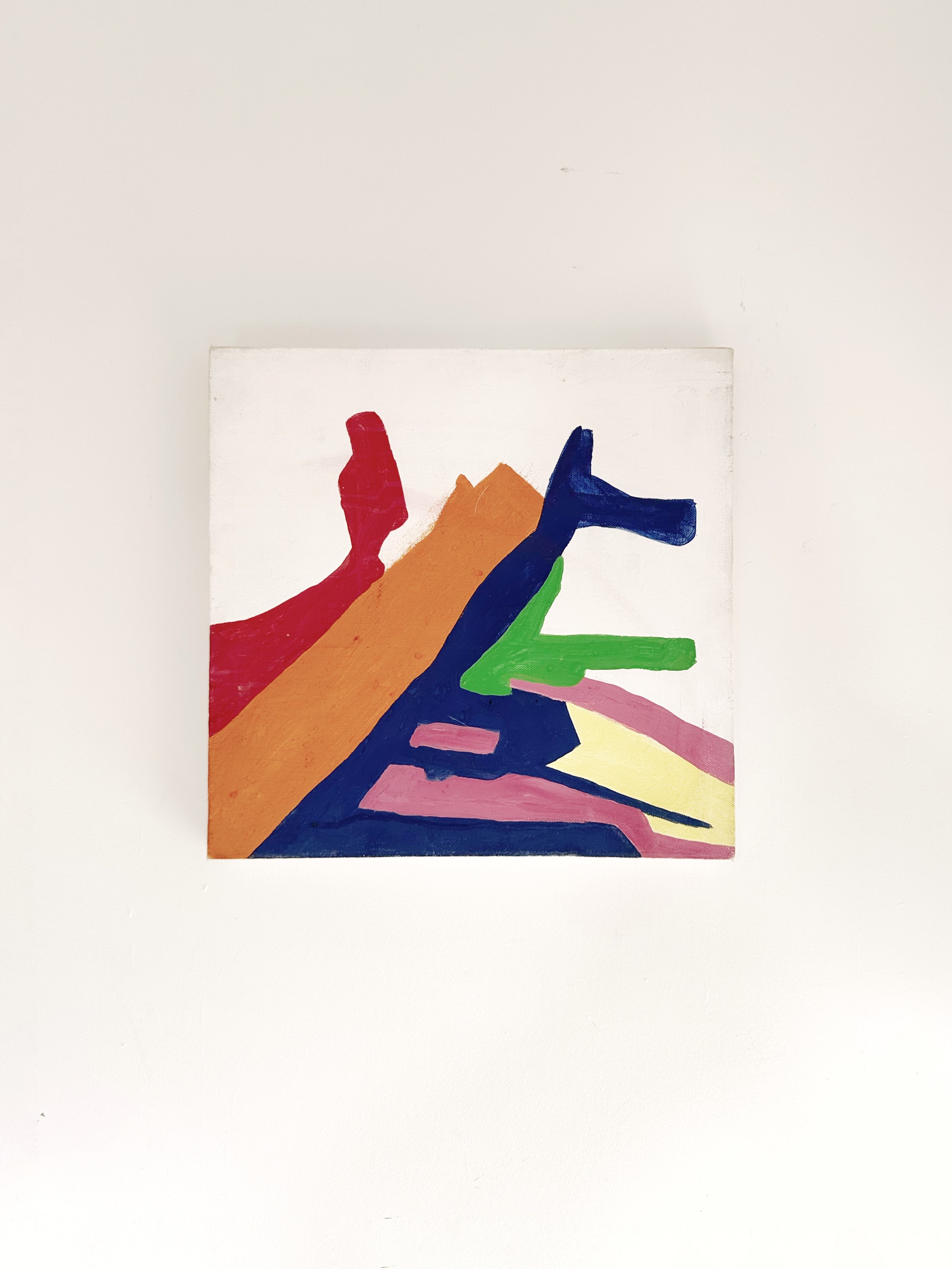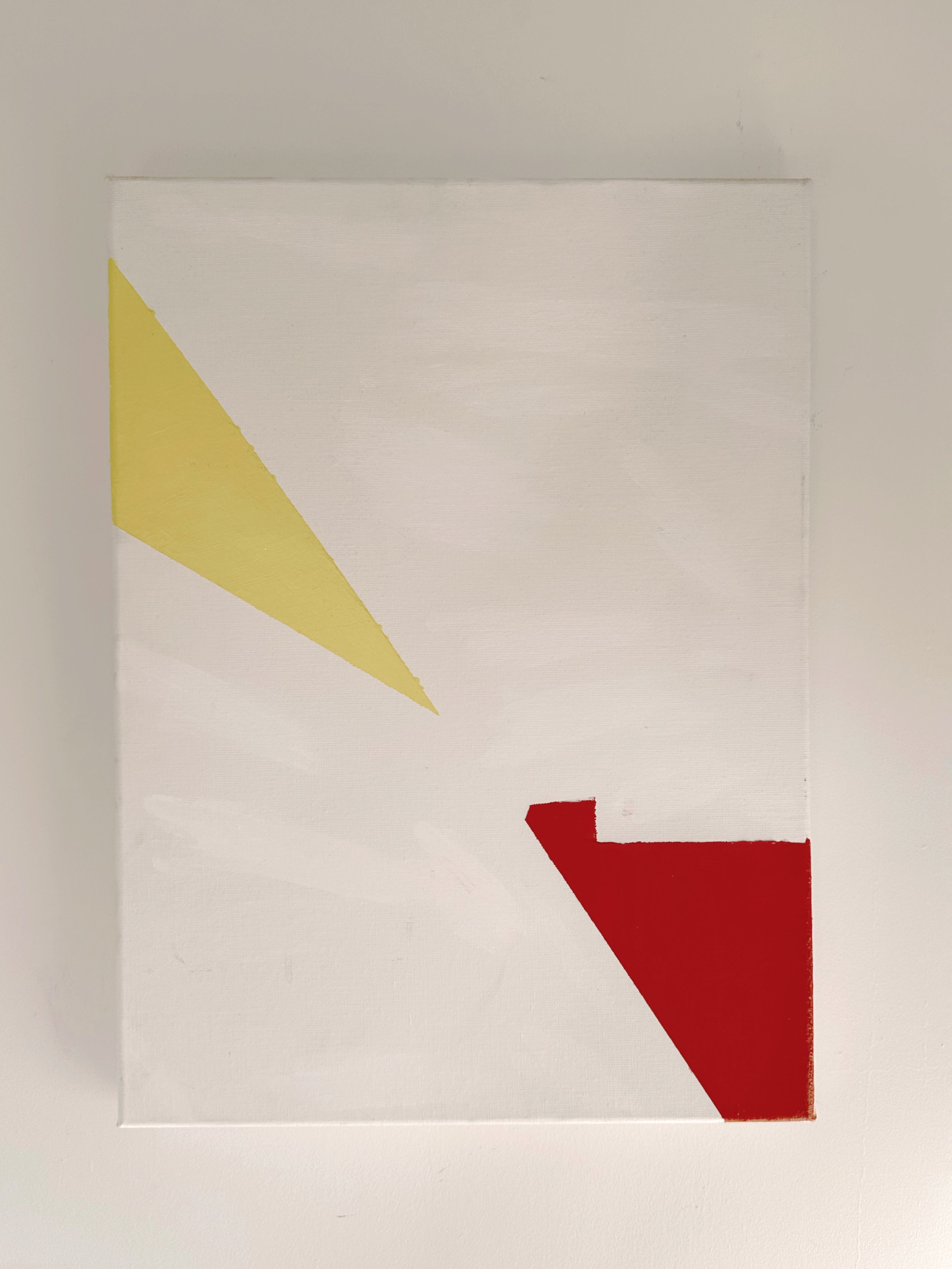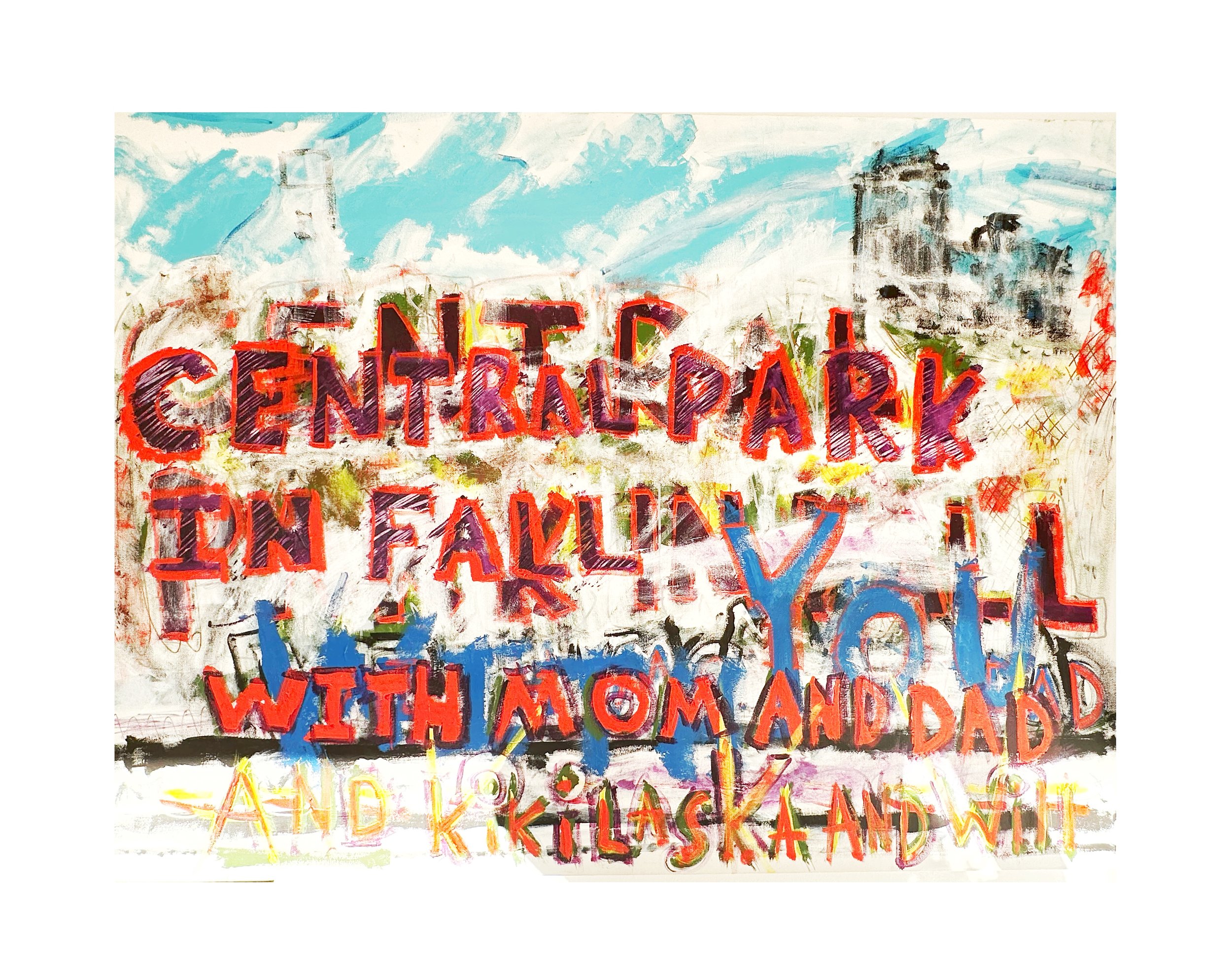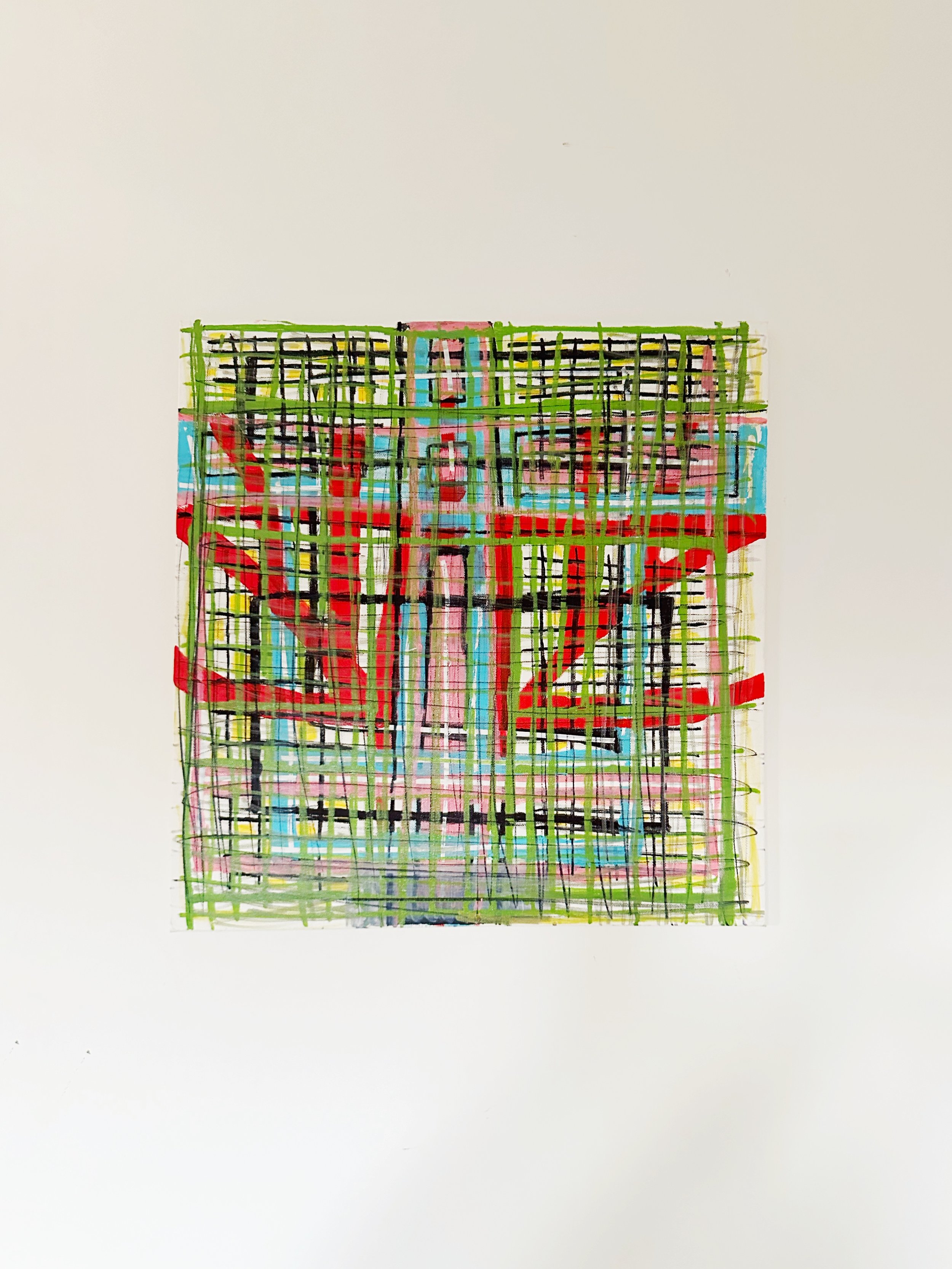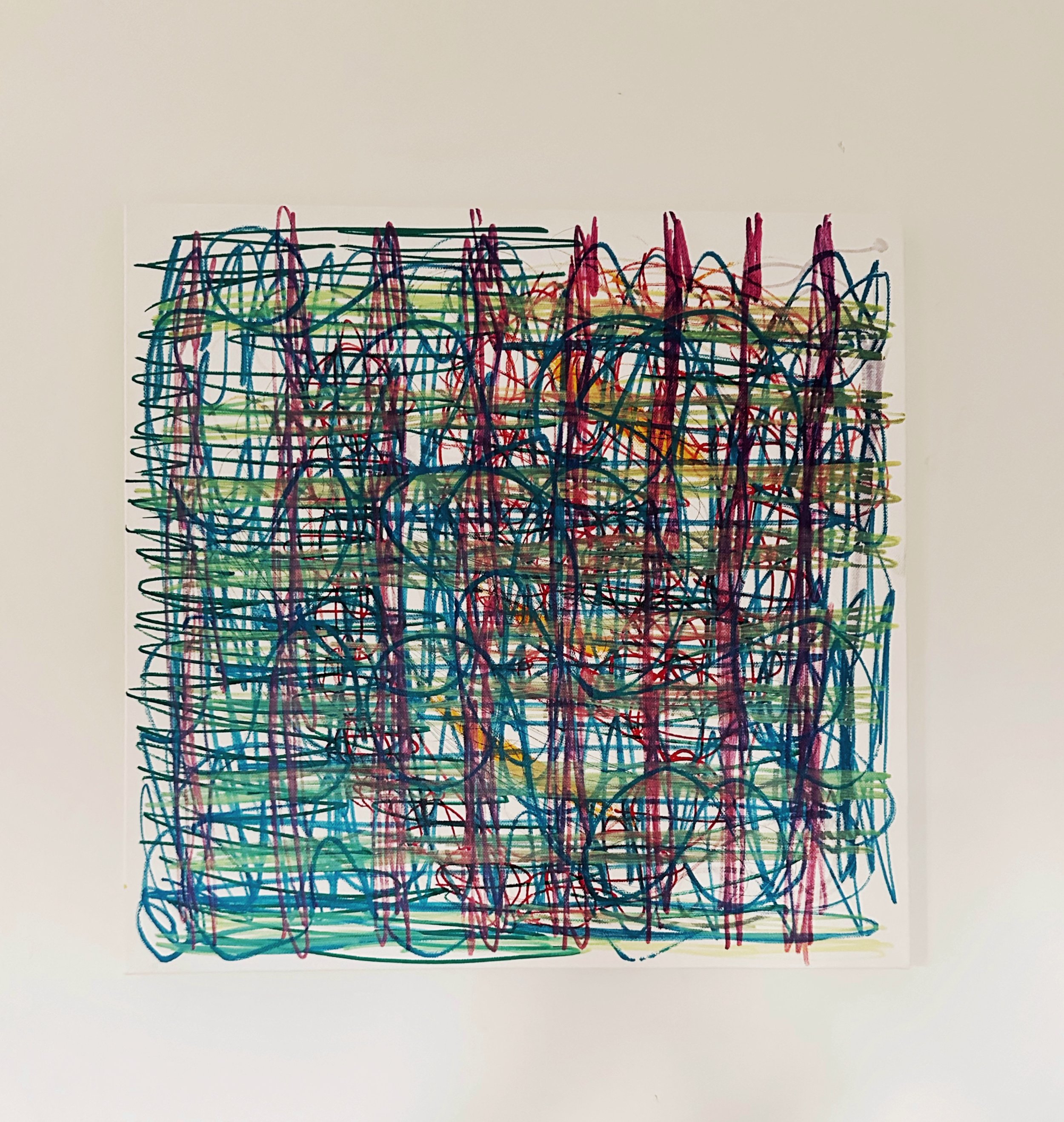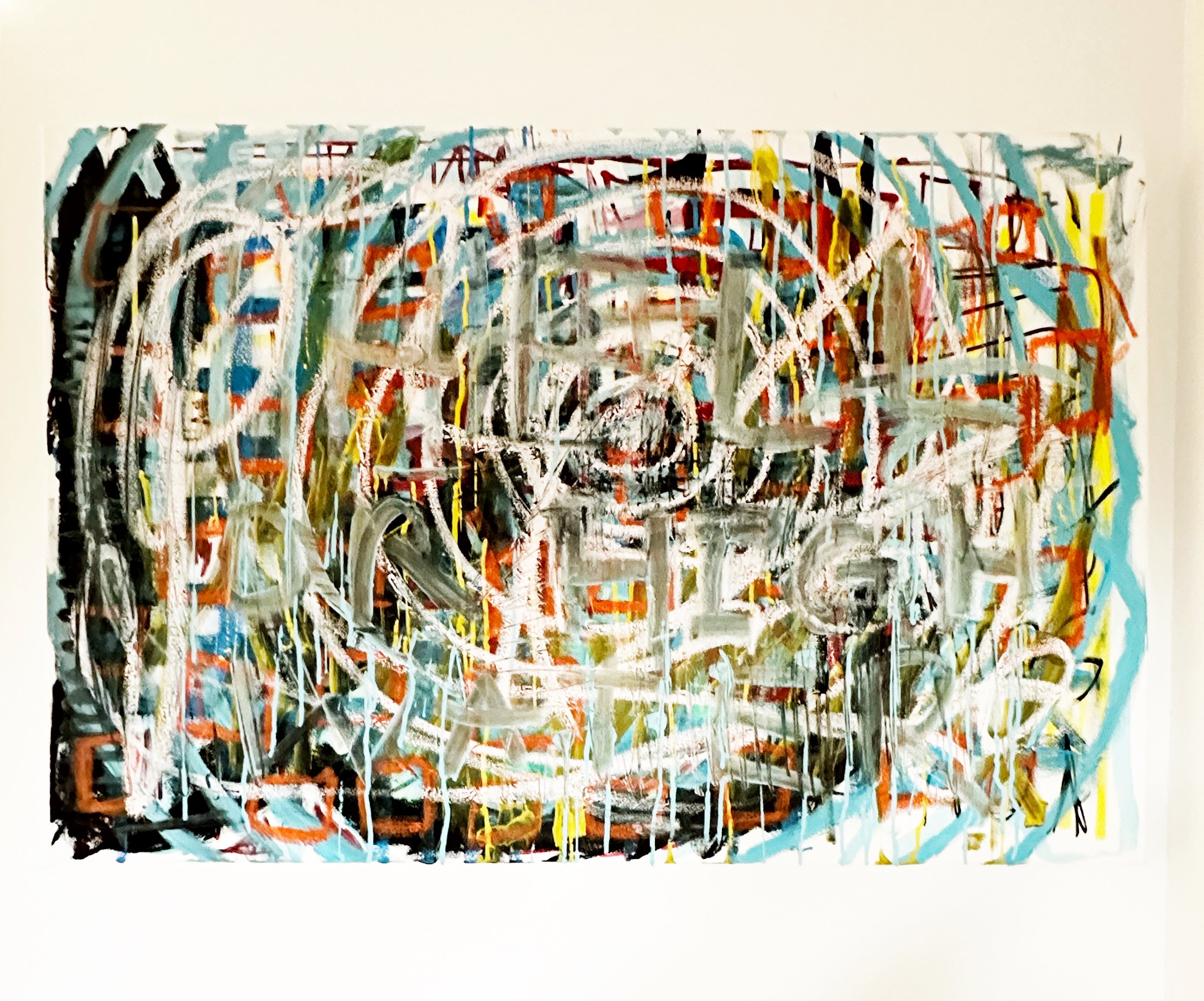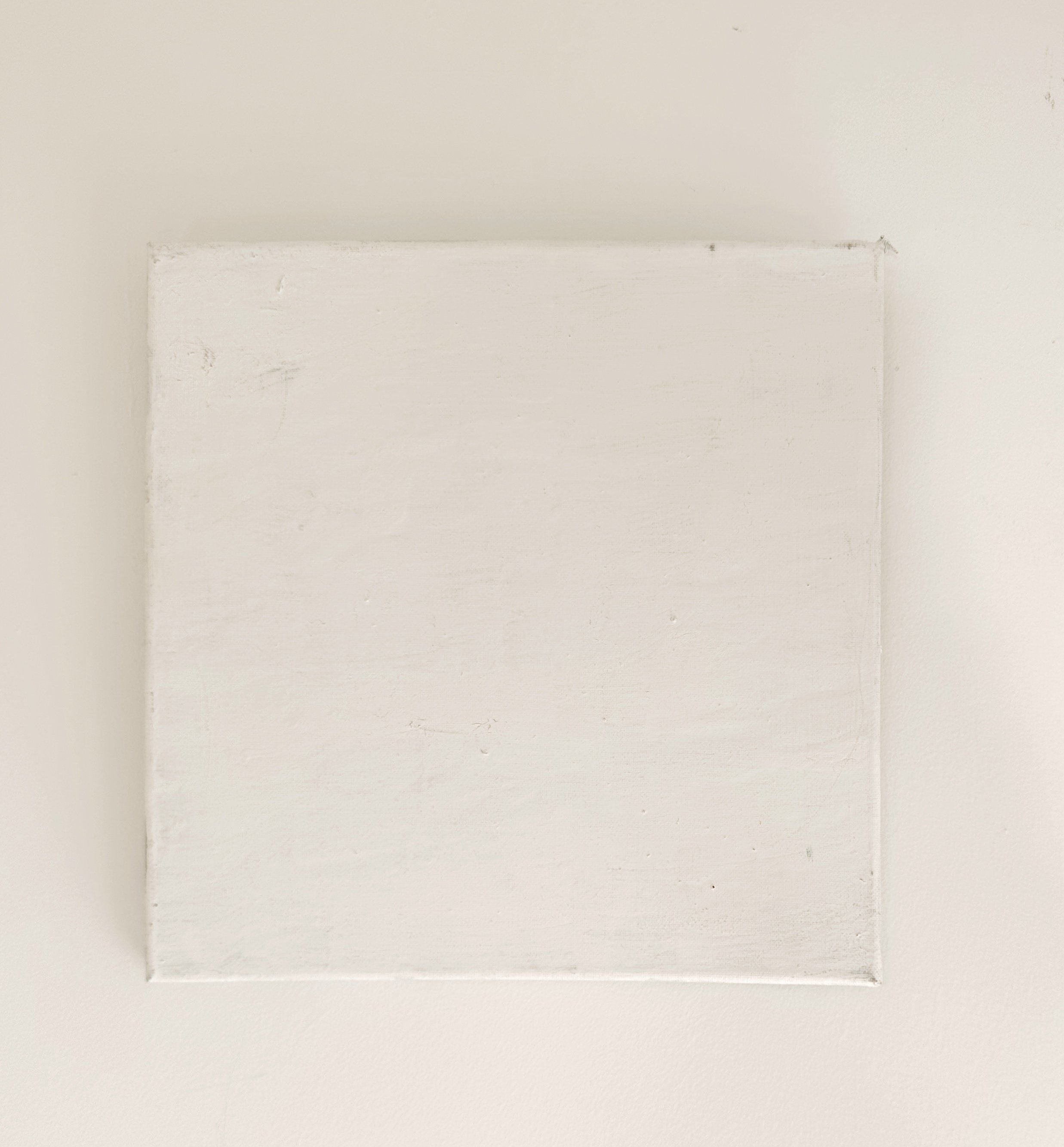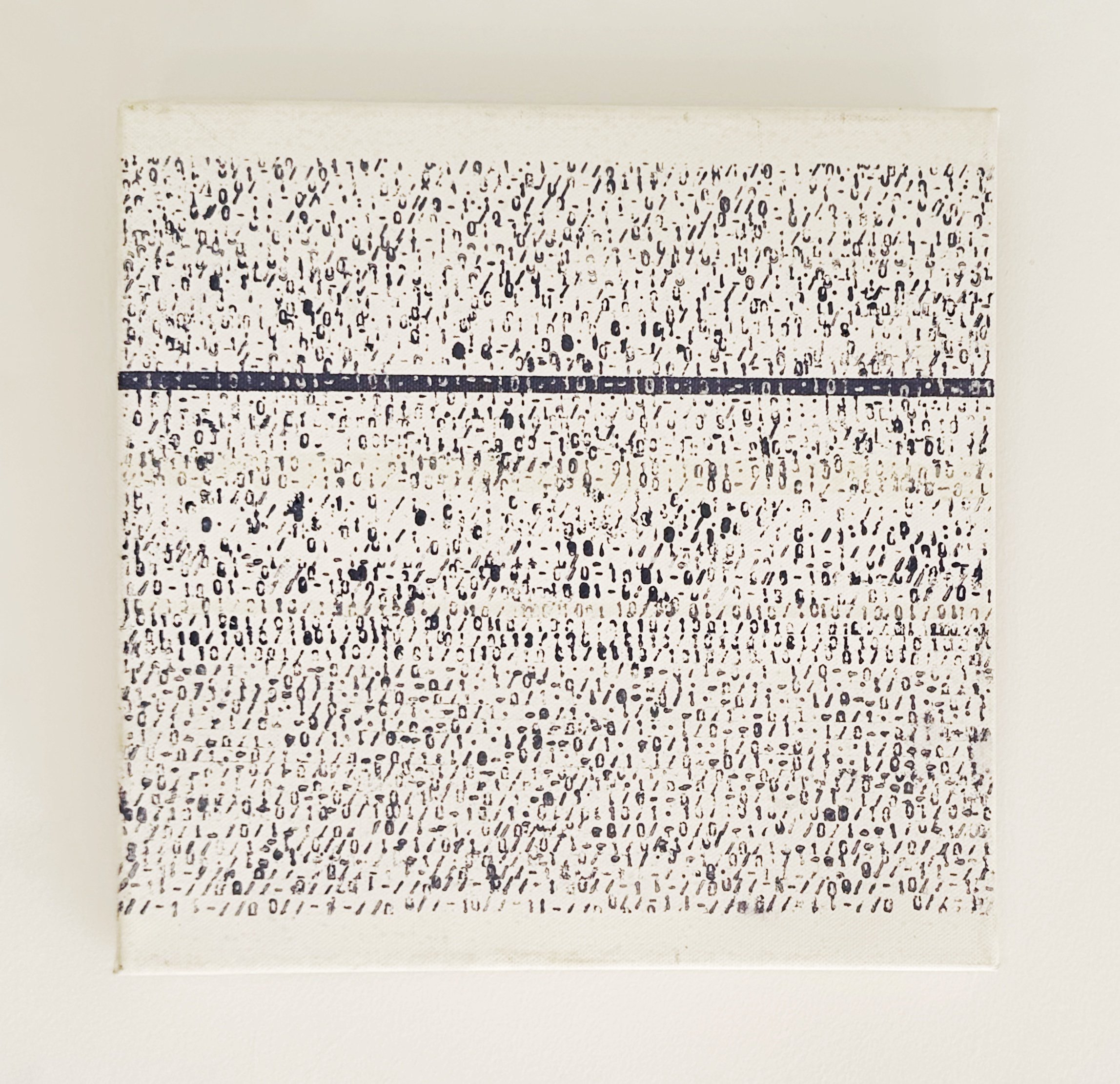Indigenous Peace Heroes
The Peace Heroes from Native Communities exhibition at the Peace Museum honors the stories of Indigenous leaders and peacebuilders from Native communities worldwide. Each display highlights remarkable individuals who have worked to protect their lands, preserve cultural heritage, and promote harmony, often in the face of adversity. Through photographs, personal stories, and cultural artifacts, the exhibition reveals the deep wisdom, resilience, and dedication these Native peace heroes bring to their communities and the world. Their lives serve as powerful examples of how commitment to peace, justice, and the Earth can inspire others to take meaningful action. The exhibition invites visitors to learn from these Indigenous perspectives on peace and to reflect on how each of us can contribute to a more compassionate and sustainable world.
UNESCO Indigenous Exhibition
Indigenous Peoples are custodians of 80% of the world's biodiversity, and they are mobilizing their in-depth knowledge of the territories that have been the source of their livelihoods for generations in order to address climate change.
UNESCO's Local and Indigenous Knowledge Systems programme (LINKS) promotes local and indigenous knowledge and its inclusion in global climate science and policy processes, including COP26.
Eva Zeisel
Designing for Peace
Eva Zeisel was a renowned Hungarian-American industrial designer known for her innovative and playful approach to ceramics. Born in 1906, she had a long and distinguished career, emphasizing the importance of beauty and functionality in everyday objects.Zeisel’s design philosophy centered around the idea of creating pieces that fostered connection and joy, reflecting her belief in the power of design to promote peace and harmony. She often stated that her work was influenced by her desire to create items that brought people together, transcending cultural and social barriers.One of her notable contributions was the “Design for Peace” collection, which she created as a response to the tumultuous times of her youth and the wars that shaped the 20th century. This collection featured elegant, curvy forms that encouraged sharing and gathering, symbolizing unity and collaboration.Throughout her life, Zeisel advocated for the role of design in creating a better world, believing that thoughtfully designed objects could inspire kindness and understanding among people. Her legacy continues to influence designers and artists who prioritize social impact in their work.
Craig Lamar
The Craig Lamar Exhibition at the Peace Museum in Colorado showcases the powerful work of artist Craig Lamar, whose pieces celebrate “peace heroes” from around the world—figures who have dedicated their lives to nonviolence, justice, and compassion. Lamar’s art captures not only the likenesses of these individuals but also conveys their values and their vision for a better world. Each portrait serves as both a tribute and a call to action, inviting viewers to reflect on the courage, resilience, and moral clarity that these peace heroes embody. Through vibrant colors and evocative details, Lamar’s work inspires visitors to consider how each of us can contribute to a path of peace in our own lives and communities. The exhibition is a reminder that, even in times of conflict, there are ways forward rooted in kindness and understanding.
Philosophy of Peace
Holbrook Smith has completed his Master's in Philosophy at the University of Vienna. Human rights such as the right to have a certain quality of life which allows for satisfactory level of well-being for one's self and one's family, are absolutely essential to peace, and the elimination of poverty is essential to these rights.
His art as a peaceful language of protest that everyone can understand, always shares unique thoughts with us.
